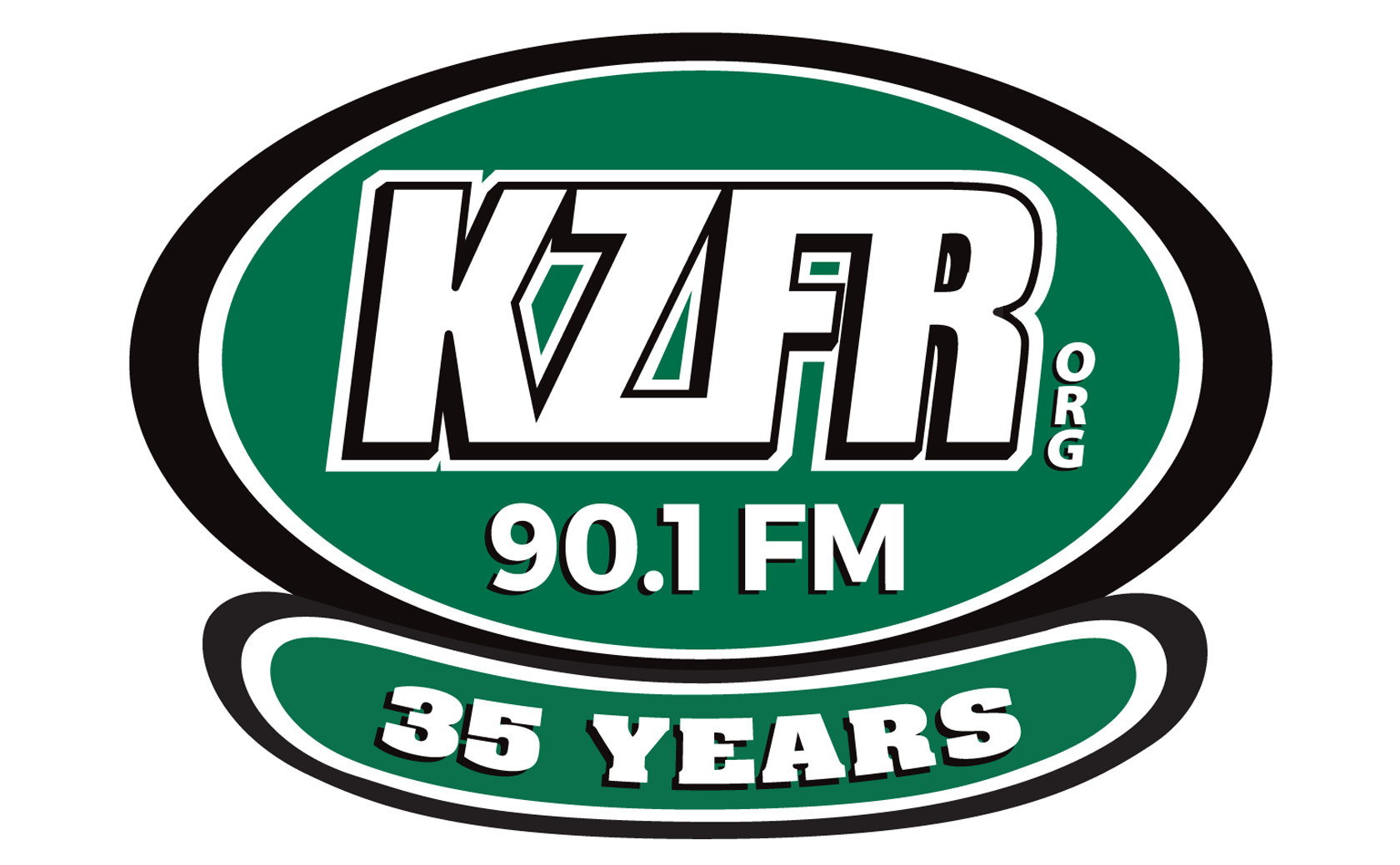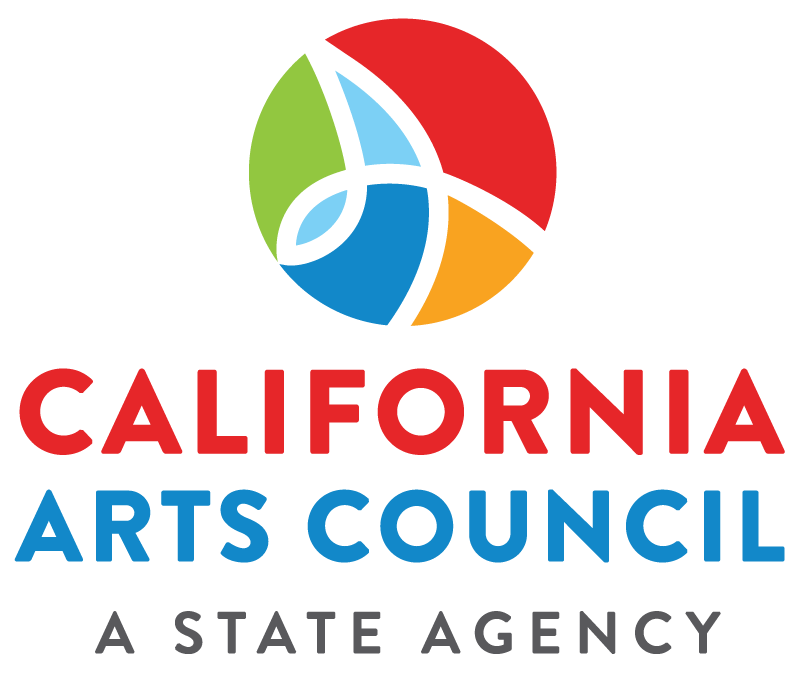On American Pastimes we listen to Tom Rush, Gillian Welch, Barbara Dane & Doc Watson duets, and the music of multi-instrumentalist Artie Rose (performing with the Old Reliable String Band, David Grisman, and Dave Van Ronk's Jug Stompers). There's bluegrass, country, and the last hour is filled with eclectic string band music and toe-tappin' tunes. In the middle is a set of songs commemorating the collapse of southern California's St. Francis Dam in March, 1928; a tragedy that took over 400 lives but somehow was washed out of California history books.
Way out in the Santa Clara Valley
‘Neath the stars in the far western sky
There hundreds of people lay sleeping
Who knew not that soon they must die
The man most responsible for the expansion of western civilization into southern California was William Mulholland, a hydrologist and engineer who built the water delivery system for Los Angeles. His strategy and efforts focused on taking water from other places and people and delivering it to Los Angeles. His most infamous effort was the draining of the Owens Valley on the eastern slopes of the Sierras by way of an aqueduct which was completed in 1914. It wiped out small farming towns and created the majestic but useless Mono Lake. Once the aqueduct was completed his efforts went into engineering cisterns and reservoirs to store the water and also turn it into usable electricity. Today there are over 40 reservoirs and cisterns serving Los Angeles. There would have been one more but for a little-known tragedy that claimed hundreds of lives in March 1928 but somehow disappeared from the annals of California history.
The valley lay quiet and peaceful
‘Neath the stars on that last fatal night
But the people who lived to remember
Can never forget that sad sight
The Saint Francis Dam was built in San Francisquito Canyon, a tributary of the Santa Clara River in northern Los Angeles County, just east of Ventura County. It was adjacent to and filled with water from the Owens Valley Aqueduct. Construction on the curved, concrete dam began in 1924. When it was completed in late 1926 it stood 185 feet above the stream bed, was 700 feet wide, and 175 feet thick at the base. The reservoir held over 38,000 acre-feet of water from a catchment area of 37 square miles and the aqueduct. In early March, 1928 the reservoir had finally filled and was just inches from the top of the spillway. On the morning of March 12th the Dam Keeper noticed a leak. Leaks were a normal part of dam function, but this leak featured muddy water which raised concerns about erosion. He called Mulholland who drove from Los Angeles to the site and performed an inspection. Mulholland thought the water became muddy after it had left the dam and was therefore not a problem. But to be safe he ordered the release of extra water and then he returned to Los Angeles.
It was 12 billion gallons of water
Charging on like a battering ram
That seemed on the meetin’ of slaughter
From the breaking of the St. Francis Dam
That night at midnight the dam began to break apart. The contents of the reservoir rushed down stream crushing and carrying away everything in its path. The debris-filled wave traveled at 18 miles an hour down the San Franciscuito Canyon tributary to the Santa Clara River. As many as 3,000 people lived in the path of the flood in and near the towns of Castaic, Saugus, Fillmore and Santa Paula, and some smaller communities in the agricultural valley. Five hours later it reached the Pacific Ocean 54 miles away. The flood claimed over 400 lives with many bodies remaining unidentified and as many as 100 victims never being found. The large population of Mexican farm workers who lived in the agricultural flood plain most likely accounts for the many unidentified remains.
There’s many that are in mourning
For loved ones whose death was too slow
To lead them to safety that morning
When the waters did flow
Hearings were held but conclusions were vague. It would be decades before engineers would ascertain that the dam had been situated on unstable ground that couldn’t bear the weight and pressure of the filled reservoir. The dam didn’t collapse, the ground beneath it did, causing the concrete to crumble. Very quickly, the Los Angeles Water & Electricity Company began quietly settling claims and too quickly the nationwide newspaper headlines receded to the back pages. The erasure of the catastrophe from public memory had begun, likely on purpose. Mulholland’s efforts to secure water for L.A. were viewed with great skepticism outside of the Los Angeles area, and throughout California he was viewed by many simply as a ‘thief’ who was destroying the livelihoods and communities whose water he diverted. The new dam had been built with little fanfare; it was in a remote valley, and the battle for Owens Valley water was still fresh in the public’s mind and Mulholland did his best to keep the project under the radar and out of the newspapers. He had succeeded to the point that when residents of the Santa Clara Valley were informed by a telephone operator that a flood was coming their way and they should escape to higher ground, many testified that they had assumed they were escaping a tidal wave coming in from the ocean. The telephone operator was the heroine of the story; just twenty-two years old, she was the sole operator on the graveyard shift. When she heard from another operator in Los Angeles County that a dam had failed and Santa Clara Valley was facing a churning surge of water, she stayed at her station through the night calling every phone number in the valley, even though she didn't know if she was in the flood path or not.
In the middle of the Santa Clara Valley
Where anguish and terror were spread
A pillar of stone now is standing
To mark out the place of the dead.
The single, monolithic column that remained of the dam was demolished soon thereafter. In the months and years immediately following the fatal flood the only public memorials to rise were the individual and family gravestones placed in dozens of cemeteries. It would be decades before any public memorials would be erected to acknowledge the tragedy and honor the victims and heroes. In the meantime, the most destructive man-made disaster in California history would only be commemorated by a few seldom heard poems and songs.
On American Pastimes we’ll hear country musician Edd Baker who recorded the song “The Breaking of the St. Francis Dam” for Vocalion in Chicago in April 1928. Juan Encinas had lived the Santa Clara Valley town of Piru since 1900. He wrote and sang “El Corrido de la Inundacion de la Presa de San Francisquito” in 1928. A version of his ballad was later collected by folklorist Beth Hawes Lomax and eventually recorded by Cancioneros Acosta as "The Inundation of California" for Columbia records. The original corrido was especially poignant because the lyrics refer to actual friends and family members who were lost to the flood. We’ll also hear two contemporary songs about the disaster that were penned and recorded after the first public memorials and commemorations finally took place in the late 20th century: Country musician John Bergstrom and rock musicians Frank Black & the Catholics both performed songs called “St. Francis Dam Disaster”.
Sources: “Floodpath” by Jon Wilkman (Bloomsbury Press, 2016) and “Memorialization and Memory of Southern California’s St. Francis Dam Disaster of 1928” by Ann C. Stansell (Master’s Thesis, CSU-Northridge, 2014).







